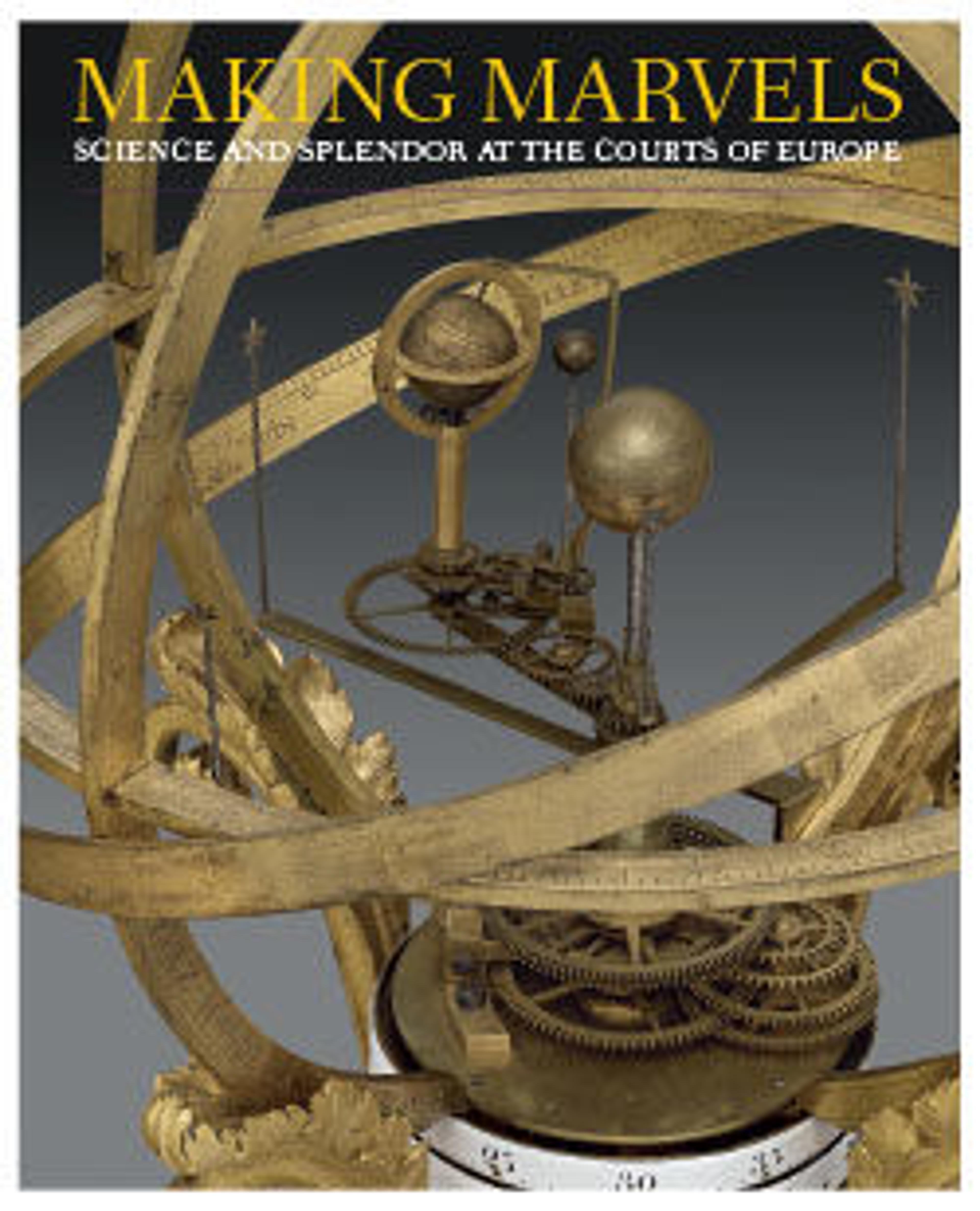Portable Cabinet with Drawers
This cabinet belongs to a category of goods known as nanban (literally, "southern barbarians"), which were produced in Japan in the late sixteenth and early seventeenth centuries for trade with Portugal and other European countries. The form of the cabinet derives from writing chests used in Portugal and Spain. Comparable works, made with wood, lacquer, mother-of-pearl, and ivory, were produced in India for the same markets. The leaves and flowers and the geometric borders seen here are not found on contemporaneous works made for use in Japan. It is possible that they demonstrate an awareness of Indian designs transmitted via such trade goods as lacquers and textiles.
Artwork Details
- Title: Portable Cabinet with Drawers
- Period: Momoyama period (1573–1615)
- Date: 16th century
- Culture: Japan
- Medium: Gold maki-e on black lacquer, inlaid with mother-of-pearl; silver mounts
- Dimensions: H. 10 1/4 in. (26 cm); W. 10 5/8 in. (27 cm); D.10 1/4 in. (26 cm)
- Classification: Lacquer
- Credit Line: Gift of Florence and Herbert Irving, 2015
- Object Number: 2015.500.2.29a–k
- Curatorial Department: Asian Art
More Artwork
Research Resources
The Met provides unparalleled resources for research and welcomes an international community of students and scholars. The Met's Open Access API is where creators and researchers can connect to the The Met collection. Open Access data and public domain images are available for unrestricted commercial and noncommercial use without permission or fee.
To request images under copyright and other restrictions, please use this Image Request form.
Feedback
We continue to research and examine historical and cultural context for objects in The Met collection. If you have comments or questions about this object record, please complete and submit this form. The Museum looks forward to receiving your comments.
